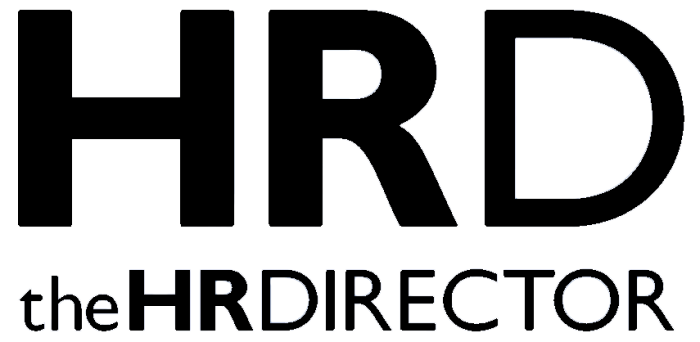A new study* has found that just 19.2% of Chief Information Officers (CIOs) working at Fortune 500 companies in 2021 currently identify as female.
The findings also show a difference in tenure between men and women working within those roles, as the average length of service for women was calculated at around three years and three months, a full year and a half shorter than male CIOs.
The data supports the idea that women are not reaching executive level as the average age of individuals working in CIO positions is 55. In contrast, an alarming 50% of women are dropping off the tech career ladder by the age of 35. That’s a 45% higher rate than their male counterparts and 30% higher than in other types of tech roles.
Revolent also highlight similar studies which suggest that the Covid-19 pandemic and lockdown may have accelerated gender inequality in tech.
The bigger picture: diversity and AI
The company joins the growing group of experts to have voiced their concerns over gender equity in tech, particularly as a lack of diversity can have a dangerous impact on the technology our world runs on.
“Similar concerns were raised around the AI used on Google phones when it failed to recognise black males because black communities were not involved in development,” said President of Revolent, Nabila Salem. “Or in 2019, when Apple’s credit card system was found to operate algorithms that were inherently biased against women after Steve Wozniak (co-founder of Apple) was offered a credit limit almost ten times higher than his wife.”
“With fewer women sitting at the table when it comes down to designing and creating these new technologies, we can’t feel confident that, ultimately, they will not be biased against women in some way or another.”
The “missing middle” of women in tech roles
The result of 50% of women dropping off the tech career ladder before 35 is what Revolent and others call the “missing middle”. In other words, where senior tech roles are male-dominated because women are less likely to reach this point in their careers.
Salem believes that “while we’ve made progress when it comes to gender equity in tech, the numbers we’ve found suggest there’s a lot more work needed before we truly level the playing field for women.”
She also warns that, for companies looking to encourage more women into tech, “You can’t just expect them to turn up. Making these organisations more attractive to women requires a huge culture shift, quite often to create an environment that is inclusive for people to come into, not just for women, but across all underrepresented groups.”
On supporting women into a career in tech
“There needs to be more targeted work done to not only bring women into the industry, but make them feel welcome, supported, and empowered to progress into these senior roles,” argues Revolent’s CIO, Mark Hill. “All the way up to CIO if that’s the ultimate career goal.”
Salem adds, “If women are experiencing barriers in their return to work in tech, whether that’s as a result of unequal distribution of childcare duties or otherwise, then the onus is on us as organisations to help them navigate those waters.
“When women are marginalised like this, the entire ecosystem loses valuable talent,” continued Salem, who also outlines three ways the tech industry can support women to enter and stay in the tech ecosystem.
“First, we need to show others that this is a career that can be for them and that they can excel in. Companies should actively look to hire more women and, where they can, increase the visibility of women in tech for young girls, even while they’re still at school.”
“Secondly, companies need to review their hiring and onboarding practices. Look at the language of your job descriptions. If your business is looking for a ‘ninja’ or ‘rockstar’ in your job ads, you might find the ratio of applicants is skewed in favour of men. Instead, use tools like Textio to help you analyse the language of your job descriptions and make them gender-neutral. I’d also fully recommend businesses find a diversity hiring partner with the specialist skills you need to create a richer, fairer talent pipeline.”
“Finally, companies need to straight-up champion gender diversity. It’s not enough to have positive sentiments but no action. If we want to see more women in tech tomorrow, and the day after, and the day after that, we have to work hard at it. Problems don’t go away on their own, and we need to shout about this one before we start seeing better results.”
*Study from Revolent







